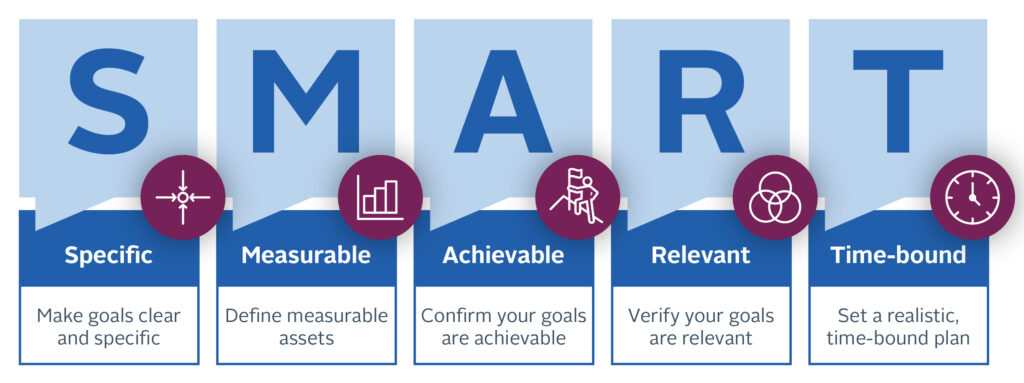Mental Health in the AEC – Addressing and Preventing Workplace Burnout

It’s no secret that workplace burnout and stress are common challenges for leaders and their teams, especially in fast-paced, complex, and demanding work environments. The rapid increase of employees/employers experiencing workplace burnout became so evident that in 2019 the World Health Organization (WHO) declared it an occupational phenomenon in the 11th revision of the International Classification of Diseases. And the numbers have only continued to increase since the beginning of the pandemic.
Over 69% of employees are experiencing burnout symptoms, according to a recent survey by global online employment platform Monster. Another survey conducted by Deloitte indicated that over 77% of employees have experienced workplace burnout, with more than half citing more than one occurrence.
Employers are noticing the spike in burnout and have begun addressing the problems, but nearly 70% of professionals still say that their employers are not doing enough to prevent or alleviate burnout within their organization.
As a leader, addressing the concerns of your employees and easing their stress can be crucial. However, this task can become challenging when you are personally experiencing high levels of stress and burnout. How can you take care of yourself and ensure you have the time and energy to support your team? Moreover, what actions can you take to enhance the well-being of your team?
Be a Positive Role Model
Lead by example and encourage your team to prioritize self-care and wellness habits, such as taking breaks, eating well, exercising regularly, setting boundaries, sleeping well, meditating, relaxing, or pursuing hobbies. You can also help your team set and respect boundaries, such as limiting work hours, avoiding interruptions, or disconnecting from work-related devices. Encourage open communication by letting your team know when you’re feeling more strained than usual; in the same way, you have encouraged them to be honest with you.
Delegate and Advocate
Fostering a culture of support and empathy is paramount. When team members express feelings of being overwhelmed, it’s vital to listen and show that you understand, as studies reveal that unsupported employees face a 70% higher risk of burnout, leading to increased resignations. As a leader, you must combat these challenges by delegating tasks according to your teams’ unique interests, skills, and aspirations, ensuring a balanced workload. Empower your team by setting SMART goals, advocating for their well-being, and providing constructive feedback. This environment will not only fuel individual success but also encourage collective prosperity.
Recognition and Rewards
Leaders play an important role in setting the tone and culture of a workplace environment. Deloitte’s survey further found 31% of employees cited lack of support or recognition as one of the top reasons for workplace burnout. To combat this, cultivate a sense of camaraderie and social support by consistently acknowledging and thanking employees for their dedication. Recognition and rewards are potent motivators that can boost team satisfaction and lead to fewer cases of burnout. Demonstrating genuine care for your team and their contributions through recognition and reward can go a long way in fostering a more positive work environment.
Workplace burnout remains prevalent, especially in a post-pandemic landscape, but there are effective approaches to addressing it within your organization. As a leader, you are responsible for managing your own stress and burnout and supporting your team in navigating the same challenges. Creating an environment where individuals feel inspired, motivated, and supported increases productivity and reduces stress, benefiting their overall well-being. Set a positive example, foster open communication, champion your team, and authentically acknowledge their hard work regularly. By doing so, you can make a significant impact in combating burnout and promoting a healthier work culture.





